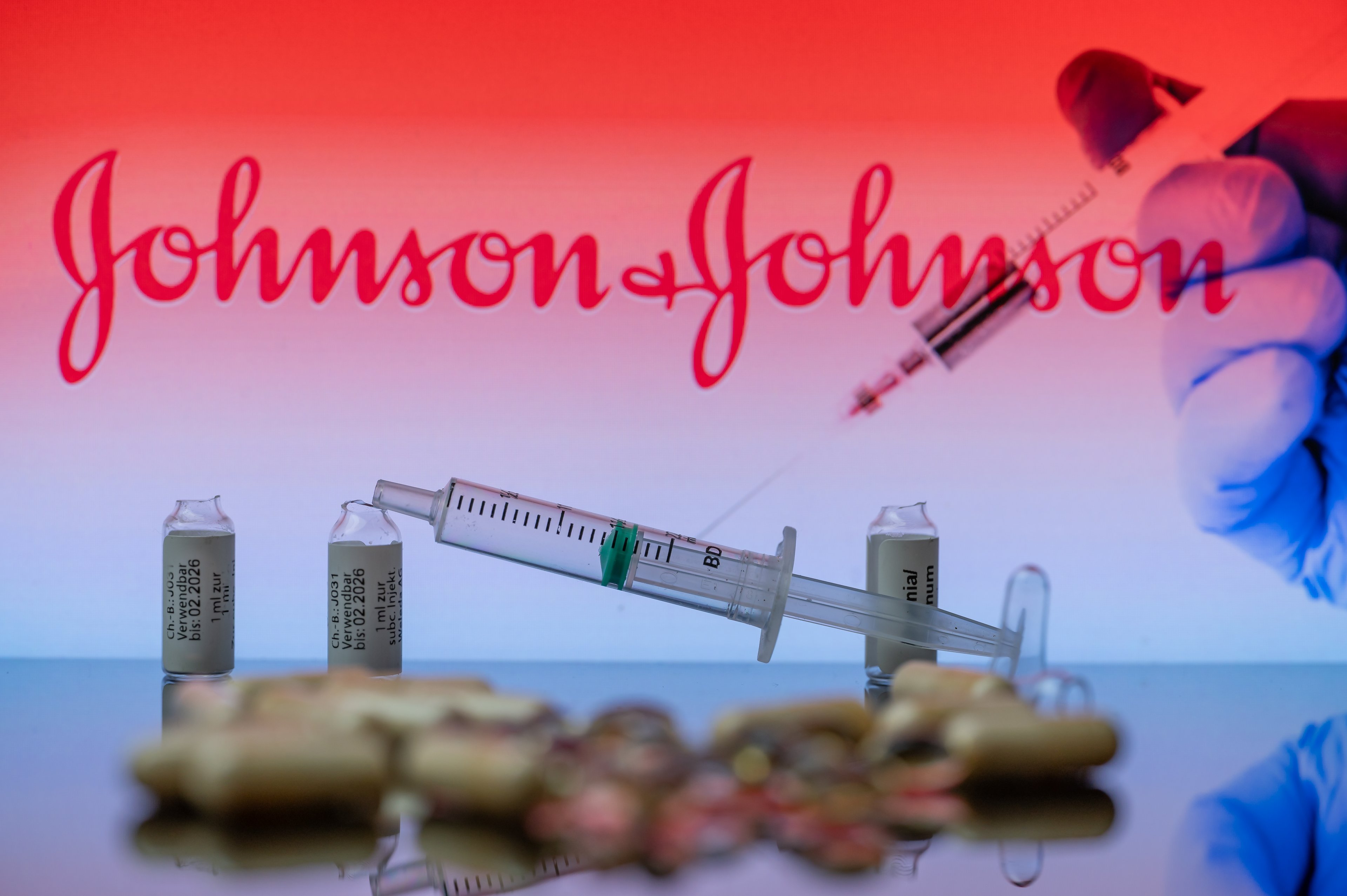The Food and Drug Administration recently issued a warning regarding higher doses of acetaminophen, the active ingredient in over-the-counter painkillers such as Johnson & Johnson's (JNJ 0.84%) Tylenol, Novartis' (NVS 0.37%) Excedrin, and GlaxoSmithKline's (GSK 0.79%) Panadol.
The warning follows a new report showing that acetaminophen sends 78,000 Americans to the emergency room and causes more than 1,500 accidental deaths annually.
Let's take a look at four key things that consumers and investors should know about acetaminophen and how the FDA warning could affect companies like J&J, Novartis, GSK, and Zogenix (ZGNX +0.00%).
1. What is acetaminophen?
Acetaminophen belongs to a class of painkillers called non-opioid analgesics, which also includes aspirin and ibuprofen.
Acetaminophen is generally more potent than aspirin or ibuprofen since it directly affects the central nervous system (brain and spinal cord nerves), rather than the peripheral nervous system that is treated by aspirin and ibuprofen. This makes acetaminophen an ideal treatment for headaches, fever, and minor body aches.
The big drawback of acetaminophen is the possibility of liver damage in higher doses. Back in 2009, the FDA identified that risk and required drugs like Tylenol to carry an additional warning label.
The new FDA warning urges caution in medications containing more than 325 mg of acetaminophen, with a recommended daily limit of 4,000 mg. For reference, a single tablet of Extra Strength Tylenol contains 500 mg of acetaminophen -- which means just eight tablets would hit the safety threshold. In addition, consuming 1,000 mg (two tablets) at once is also considered dangerous.
2. What other medications contain acetaminophen?
Although Tylenol has gotten the most attention due to its prevalent use in the United States, many other drugs also contain acetaminophen.
Other over-the-counter drugs, such as Novartis' Excedrin, J&J's Sudafed, and Bayer's (BAYRY +2.69%) Alka-Seltzer Cold and Sinus also contain acetaminophen. GSK's Panadol, which is widely available in the U.K., Europe, Middle East, and Asia, contains similar doses of acetaminophen (paracetamol) as Tylenol.
More potent prescription painkillers such as Vicodin and Percocet also contain varying amounts of acetaminophen.

Tylenol, one of the most popular acetaminophen painkillers in the United States. Source: Wikimedia.
3. What are the alternatives to acetaminophen?
Despite the current concerns about acetaminophen, drugs like Tylenol, Panadol, and Excedrin are safe in normal doses.
In fact, they are widely considered safer alternatives to non-steroidal anti-inflammatory drugs (NSAIDs) such as ibuprofen and aspirin, which are known to cause stomach and heart problems in some patients.
However, since acetaminophen is not an anti-inflammatory drug, it is considered less effective at treating muscle inflammation than ibuprofen or aspirin.
Since moderate doses of acetaminophen are considered safe, there aren't any comparable over-the-counter alternatives except for NSAIDs. Some drugs combine acetaminophen with NSAIDs. Excedrin, for example, is a combination of acetaminophen, aspirin, and caffeine.
4. What role does acetaminophen play in prescription drugs?
On the prescription side of things, however, acetaminophen's liver damage issue has sparked a debate regarding the use of narcotic painkillers.
Vicodin, for example, is a mix of the narcotic painkiller hydrocodone and acetaminophen. By itself, hydrocodone can cause gastrointestinal problems, emotional instability, skin problems, and respiratory issues. It is also addictive and has been abused for recreational purposes. Acetaminophen is added to Vicodin to offset the side effects of hydrocodone.
Depending on the specific formulation of Vicodin, it can contain 300 mg to 750 mg of acetaminophen and 2.5 mg to 10 mg of hydrocodone. Vicodin's acetaminophen content has led to criticism that the drug could cause liver damage.
That's where Zogenix's Zohydro ER comes in. Zohydro ER, which was approved last October, is an extended release version of hydrocodone without acetaminophen. As a result, Zohydro can be 10 times as potent as Vicodin, which has worried drug abuse experts across the country.
Zogenix believes that Zohydro will provide more effective pain relief than Vicodin without the risk of liver damage from acetaminophen, but critics point out that Zohydro ER isn't tamper resistant and can be crushed or dissolved into alcohol for recreational use.
Meanwhile, Percocet, a similar drug to Vicodin that combines the narcotic painkiller oxycodone with acetaminophen, has been criticized for the same reasons. Purdue Pharma's OxyContin, which is oxycodone without acetaminophen, was implicated along with hydrocodone in thousands of deaths between 1998 and 2008.
The Foolish takeaway
In conclusion, acetaminophen is safe when taken in moderation and without alcohol.
Despite the FDA's concerns, acetaminophen is still a preferable alternative to NSAIDs in over-the-counter drugs, and helps decrease the potential for abuse in prescription medications such as Vicodin and Percocet.
What are your concerns about acetaminophen? Please share your thoughts in the comments section below!









